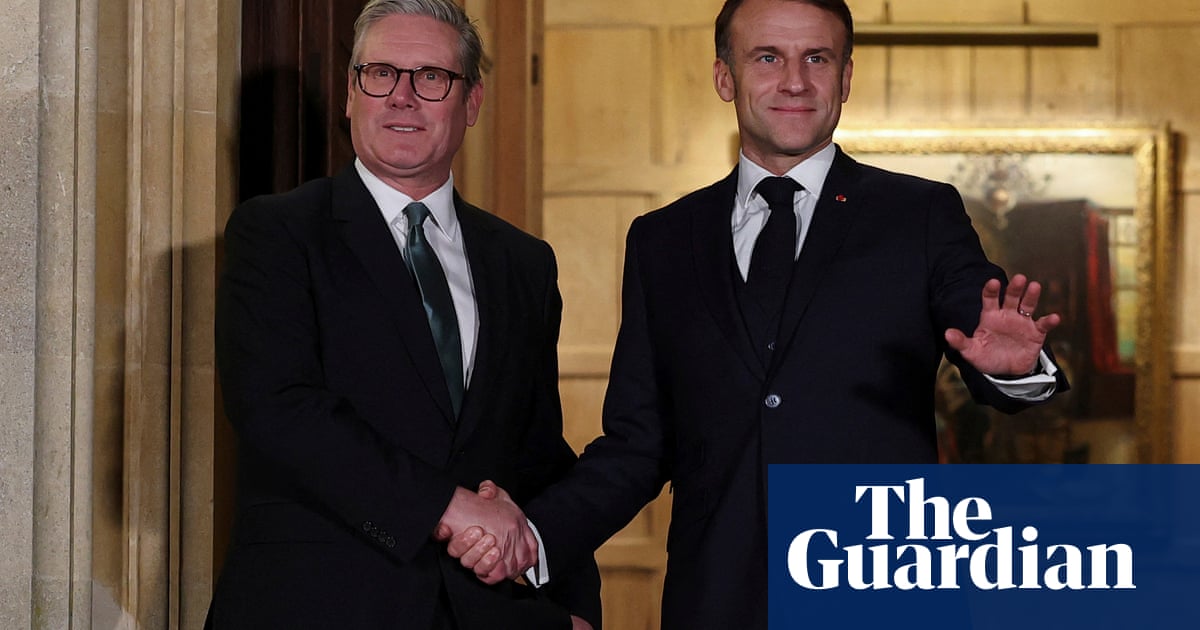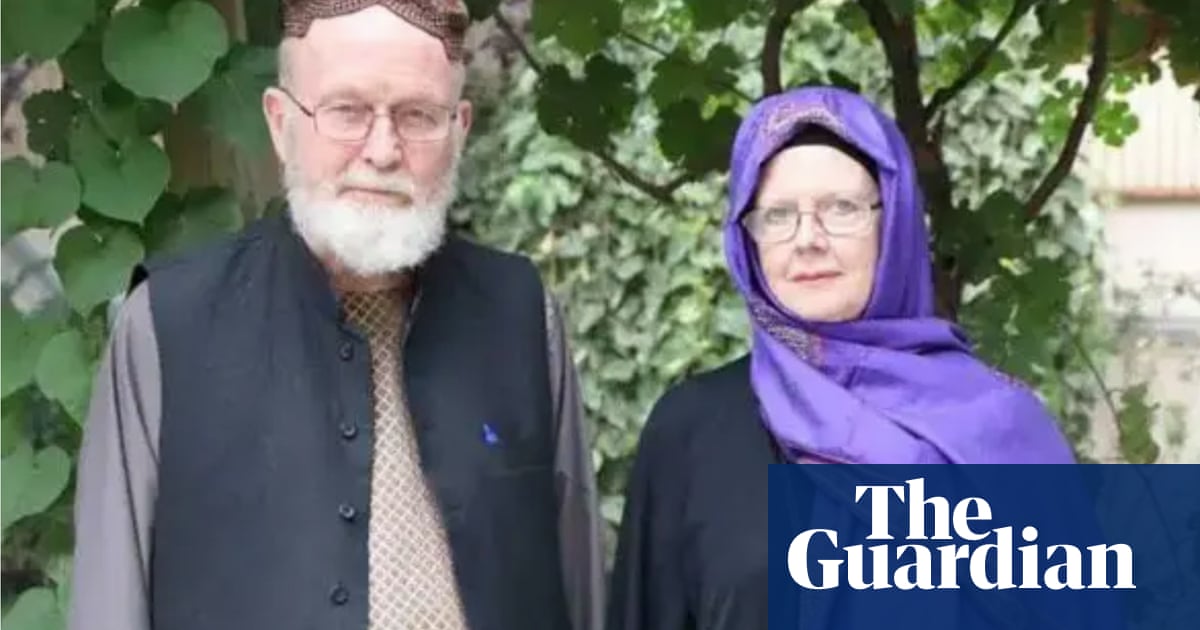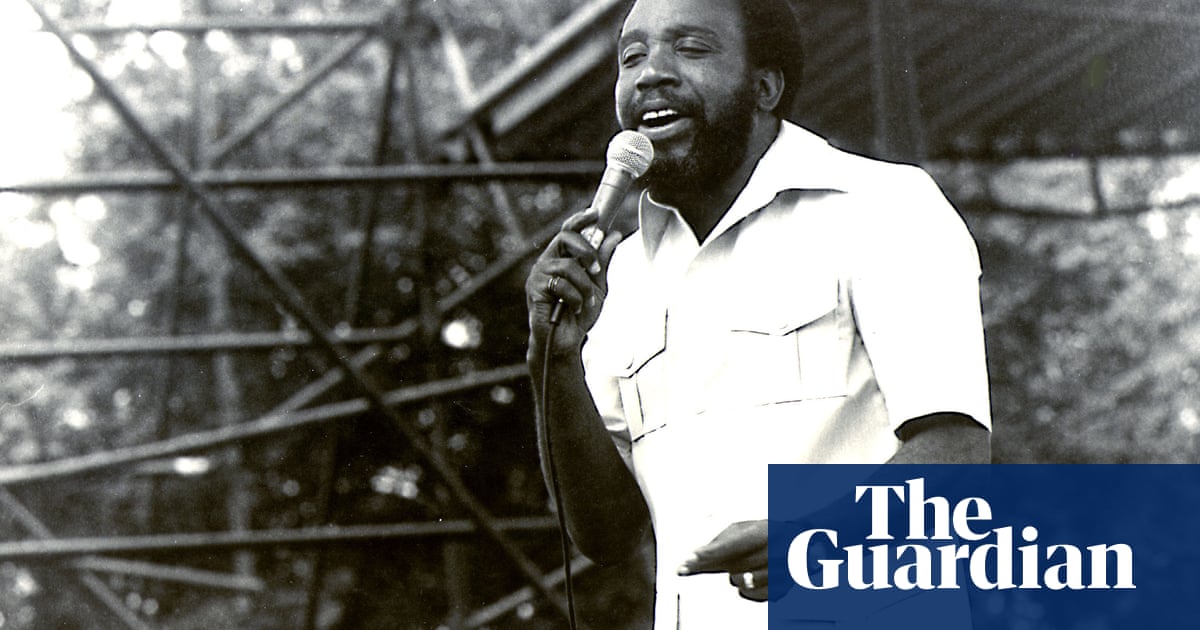Unsurprisingly, Joe Biden struck an upbeat, optimistic note on Tuesday as he announced a US-brokered ceasefire agreement between Israel and Hezbollah. “It reminds us that peace is possible,” said Mr Biden, as the deal brought to an end the 14-month conflict, during which close to 4,000 people lost their lives and hundreds of thousands were displaced.
For the outgoing American president, who has signally failed to restrain Israel’s excesses after the heinous Hamas massacre of 7 October 2023, the agreement amounts to a valedictory breakthrough after months of weak and ineffective diplomacy. More importantly, it affords the suffering people of Lebanon some respite, after a bombing campaign and ground invasion that paid scant regard to the appalling impact on civilian lives. For the 60,000 citizens of Israel forced to flee the country’s northern border region by Hezbollah rockets, there is the prospect of a return home after spending more than a year in displacement camps.
Peace on Israel’s northern front will inevitably spark hopes of wider progress, as the disgraceful, savage destruction of Gaza continues to the south, and hope dwindles for surviving Israeli hostages held captive there. But it would be unwise to overstate the catalytic potential of an agreement that was made on the terms of the Israeli prime minister, Benjamin Netanyahu, and to suit his interests.
Crucially, Hezbollah’s weakness meant that Israel was able to decouple the Lebanon and Gaza wars, reaching a ceasefire that leaves it with a free hand in the latter. Based on a UN security council resolution that ended the 2006 Lebanon war but was never fully implemented, the deal will oblige Israeli forces to depart and Hezbollah to pull back north of the Litani River in southern Lebanon. This time the buffer zone created is more likely to stick. Hezbollah is currently in a state of disarray, denuded of leaders, infrastructure and military hardware.
With the live threat of a powerful Iranian proxy on Israel’s doorstep removed, Mr Netanyahu is free to double down on his bellicose objectives elsewhere – notably in relation to Tehran. In Gaza, meanwhile, he has shown no willingness to engage in peace talks brokered by Qatar, which suspended its mediating role this month in exasperation. The unconscionable death toll there now stands at more than 44,000 – the vast majority women and children.
In a region on the brink, any lasting settlement must go through Gaza and involve the creation of realistic conditions for a viable Palestinian state. As Óscar Romero, the martyred Salvadoran bishop, once wrote, “Peace is not the silence of cemeteries / Peace is not the silent result of violent repression” – a warning that resonates starkly in Gaza’s ongoing tragedy. But Mr Netanyahu has no desire to be a peacemaker, as he attempts to dodge a corruption trial, and an election that would empower the anger of voters following 7 October. His interest lies rather in perpetuating a sense of national emergency; and in indulging far-right members of his cabinet who could bring him down, and who dream of new settlements in a broken, ethnically cleansed Gaza.
As Donald Trump prepares to replace Joe Biden in the White House, the world must hope that his appetite for imposing immediate solutions opens up new possibilities. For now, welcome developments in the north offer little comfort to the desperate inhabitants of the Gaza Strip.

 2 months ago
47
2 months ago
47













































